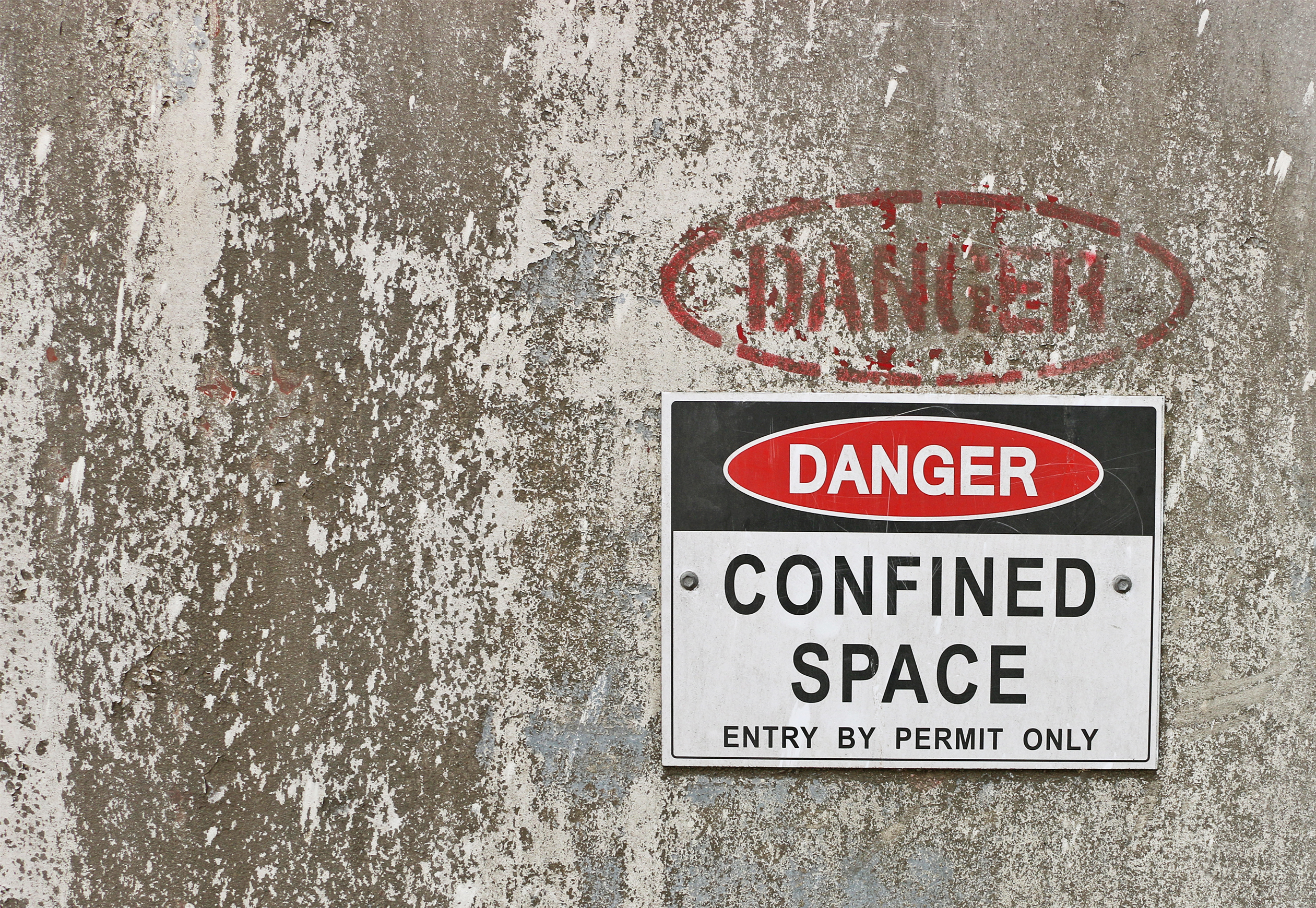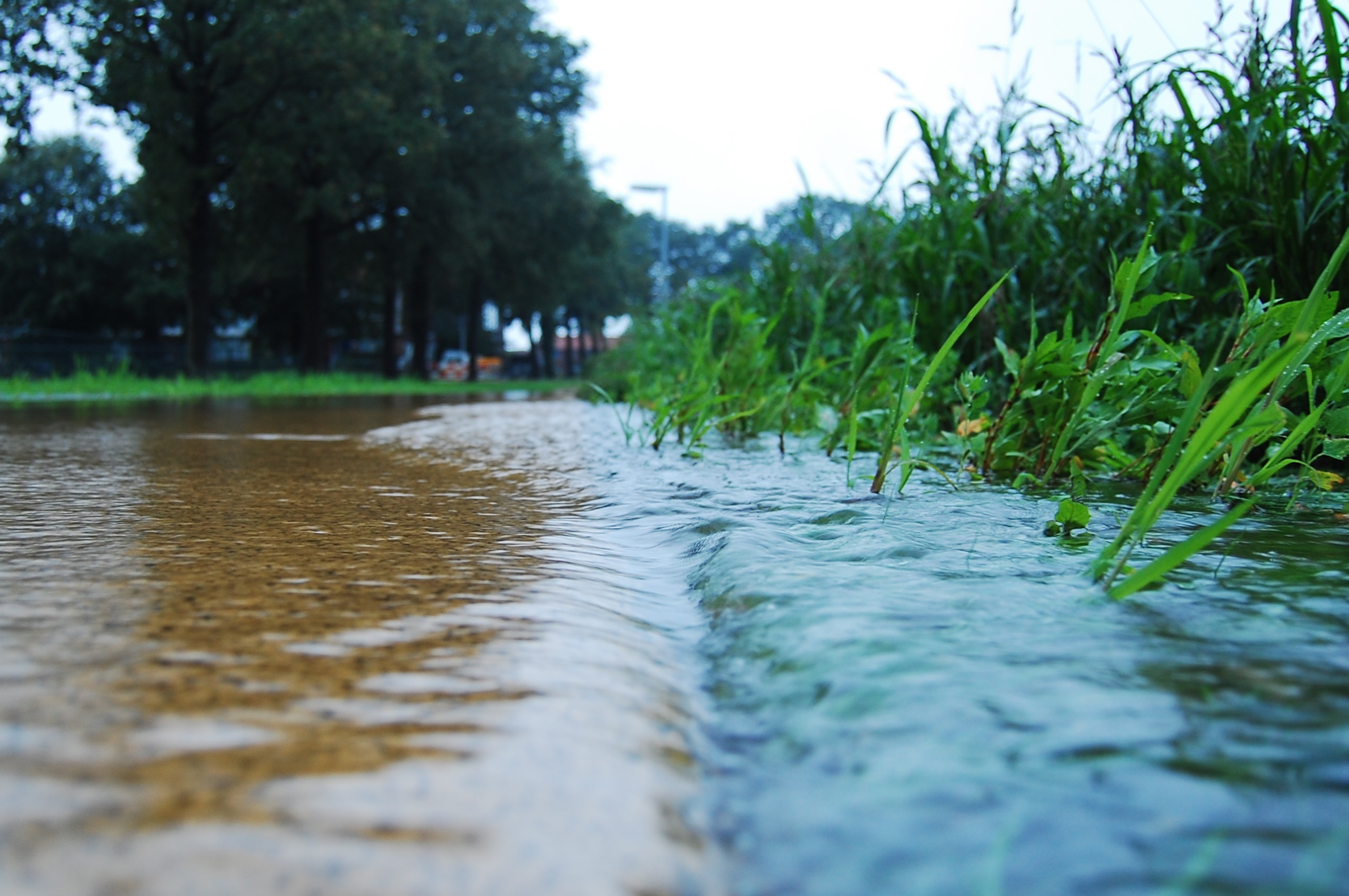On Friday, August 26, 2022, U.S. EPA announced its intent to designate perfluorooctanoic acid (PFOA) and perfluorooctanesulfonic acid (PFOS) as CERCLA hazardous substances. U.S. EPA posted a pre-publication notice for the Federal Register listing, including Supplemental Information describing the basis for designation. This rulemaking marks the first time U.S. EPA has used its authority under […]
Continue readingAlternative Protective Measures, The Bridge Between Lockout Tagout and Machine Guarding
The requirements for using Lockout Tagout (LOTO) to control hazardous energy during machine servicing and maintenance are clearly prescribed in 29 CFR 1910.147, but OSHA enforcement citing of the LOTO Standard consistently remains in the top 10 most frequently cited standards. Why? LOTO requirements are not always consistently or correctly followed, and they’re often viewed […]
Continue readingPerforming Confined Space Assessments: Keys to Success
When one of the largest Liquified natural gas (LNG) plants in the country is relying on us to identify all its confined spaces, perform hazard assessments on those spaces, and determine whether each one is a “permit required confined space” (as defined in the Occupational Safety and Health Administration [OSHA] standard, here’s how we do […]
Continue readingSAFETY CULTURE: THE ICEBERG EFFECT
A strong, positive safety culture results in reduced injuries and lost time by valuable resources, improved morale and productivity, and greater loyalty to the organization. Safety culture and the desire to have a strong safety culture are often discussed, but what exactly is safety culture? In basic terms, safety culture is the “preferred way things […]
Continue readingChanges to Vermont Stormwater General Permit 3-9050
Landowners in Vermont are feeling the effects of the latest Stormwater General Permit 3-9050 requirement for stormwater runoff from impervious surfaces. Sites with three or more acres of impervious surface that do not currently have coverage under previous operational general permits are now required to seek coverage under General Permit 3-9050. Affected sites are beginning […]
Continue reading



